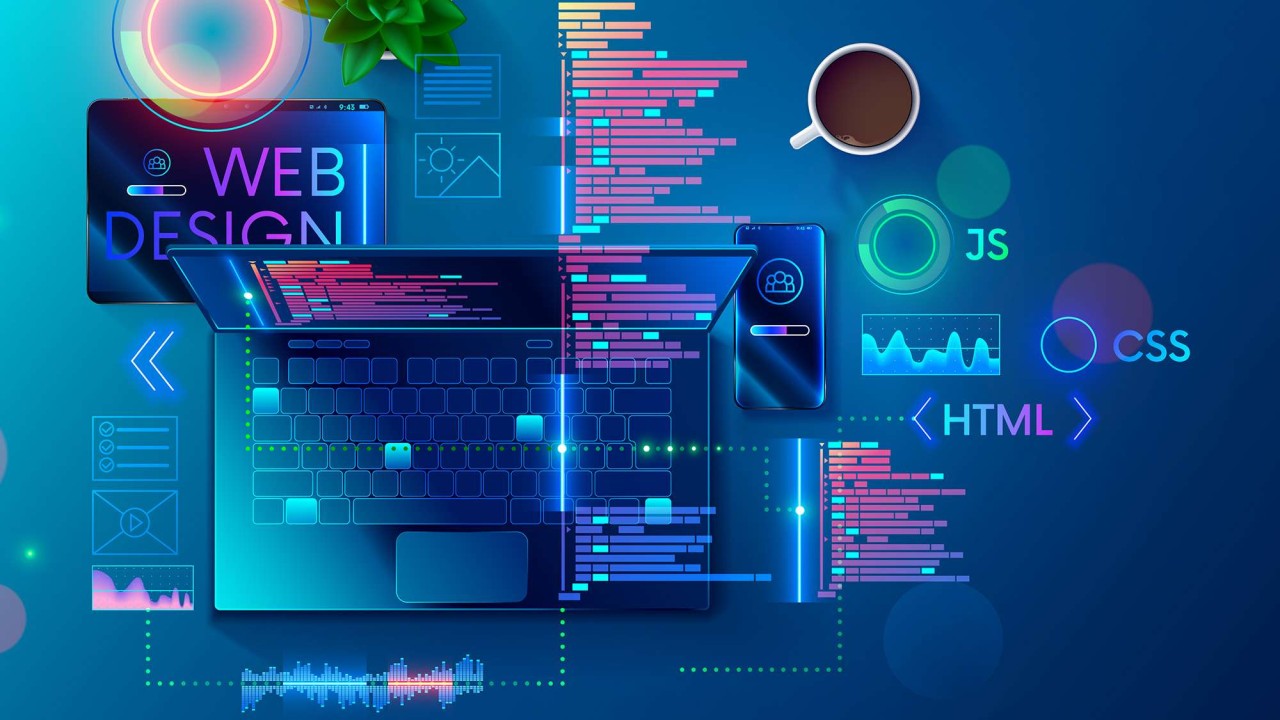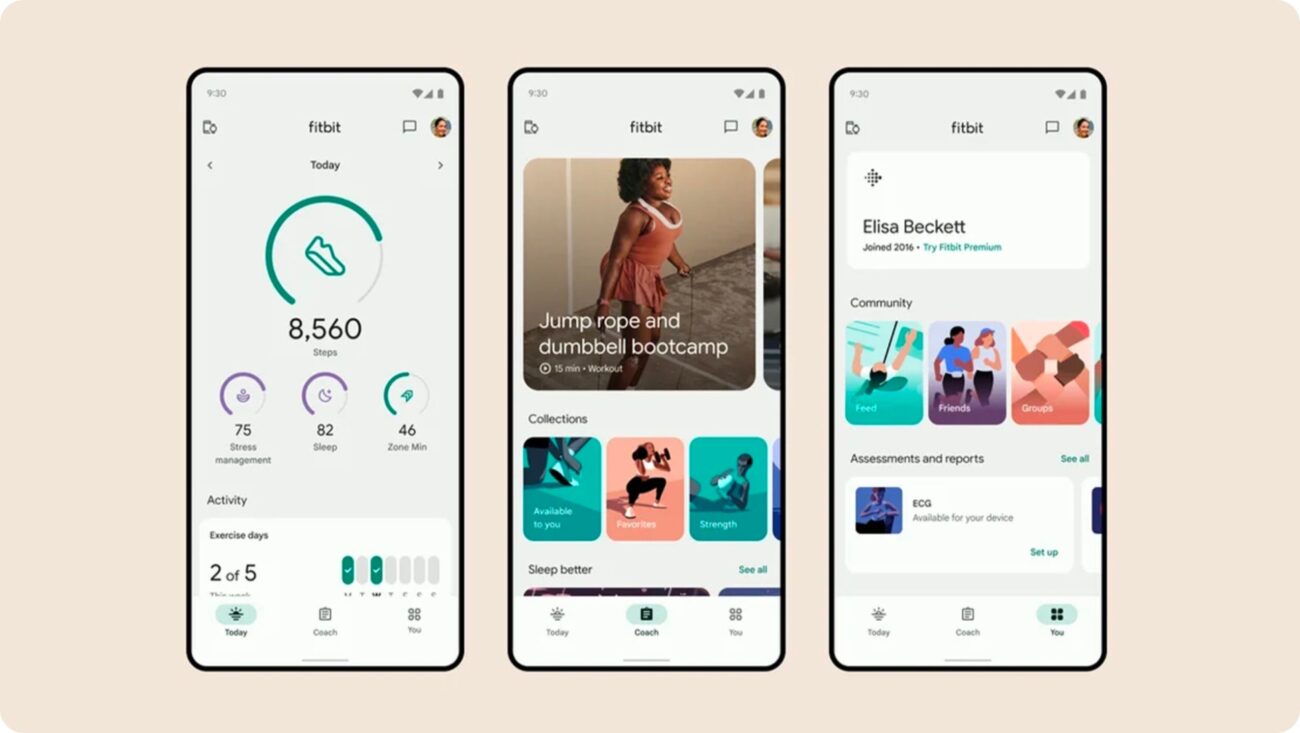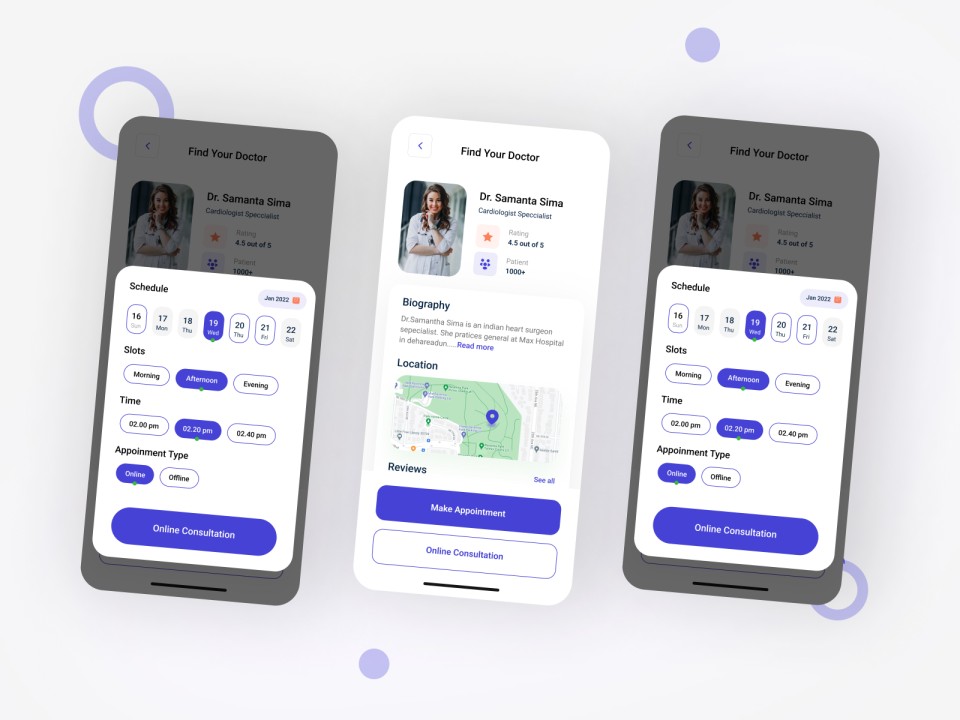In the vast universe of web development, CSS (Cascading Style Sheets) remains a fundamental skill that defines the visual presentation of HTML documents. With the continuous evolution of web standards and practices, staying updated with the latest CSS techniques is crucial for developers and designers aiming to create aesthetically pleasing, responsive, and efficient websites. This blog explores cutting-edge CSS techniques that can revolutionize the way you design websites, ensuring your projects are not only visually appealing but also functionally robust.
1. CSS Grid Layout
The CSS Grid Layout is a powerful two-dimensional layout system that is transforming web design. Unlike traditional layout methods, the grid allows for more flexible and complex designs without the need for float or positioning hacks. It enables you to create layouts for major page areas or small UI elements — all within a concise and understandable structure.
Key features to explore:
- Grid Template Areas: Define template areas in your layout, making it easy to place elements precisely where you want them.
- Fractional Units (fr): This new unit allows you to create flexible grid tracks that adjust automatically to the available space.
- Grid Gap: Easily manage spacing between grid items without affecting the overall sizing.
2. Custom Properties (CSS Variables)
Custom properties open up dynamic possibilities in CSS, similar to variables in programming languages. These allow you to reuse values throughout your document and make global changes swiftly. They are particularly useful for themes, layouts adjustments, and responsive designs.
How to use them effectively:
- Theming: Change themes on the fly by altering a few variables. This is ideal for websites that need to support multiple color schemes or modes (like dark mode).
- Responsive Design: Use CSS variables in media queries to adjust values dynamically based on viewport sizes.
3. Subgrid
Subgrid, an extension of the CSS Grid, allows a grid-item to inherit the grid definition from its parent, making nested grids much simpler to manage. This feature is a boon for complex web applications where nested components require alignment with the outer grid.
Benefits include:
- Alignment Control: Subgrid makes it easier to line up content across nested components.
- Code Simplicity: Reduces the need to duplicate grid definitions, keeping your CSS cleaner.
4. Aspect Ratio
Introduced to maintain the size ratio of content like images and videos, the aspect-ratio property is a recent addition to CSS that simplifies the creation of responsive UI elements without relying on hacks or JavaScript.
Practical applications:
- Responsive Media: Maintain the aspect ratio of media elements as they scale.
- UI Consistency: Ensure elements like cards and modals retain their proportions across devices.
5. CSS Houdini
CSS Houdini is an ambitious set of low-level APIs that exposes parts of the CSS engine, allowing developers to hook into the browser’s rendering engine. With Houdini, you can define how values are parsed, how properties are inherited, and how values are transformed.
Exciting possibilities with Houdini:
- Custom Layouts: Create custom layouts and animations that were not possible before.
- Performance Enhancements: Improve performance by offloading complex operations to the worklets.
6. Scroll Snap
Scroll Snap provides control over the points at which a scroll container stops after scrolling. This is useful for creating slick, user-friendly scroll interactions in carousels, image galleries, and paginated sections.
Effective use cases:
- Carousels: Ensure each slide centers perfectly as users scroll.
- Full-page Scrolls: Snap to sections on pages, mimicking “single-page” scrolling effects.
7. Logical Properties and Values
Supporting internationalization, CSS Logical Properties and Values are designed to work in different writing modes, replacing physical dimensions like left, right, top, and bottom with logical ones such as inline-start, inline-end, block-start, and block-end.
Why it’s a game-changer:
- Better Global Support: Simplifies layouts for languages with different reading directions, such as right-to-left (RTL) languages like Arabic and Hebrew.
Conclusion
The modern CSS techniques discussed offer a new level of sophistication and flexibility that can significantly enhance the design and functionality of web projects. By mastering these techniques, you can ensure that your designs not only meet current web standards but also anticipate future trends and requirements. Dive into these modern CSS skills to truly level up your web designs, making them more robust, responsive, and ready for the future.








